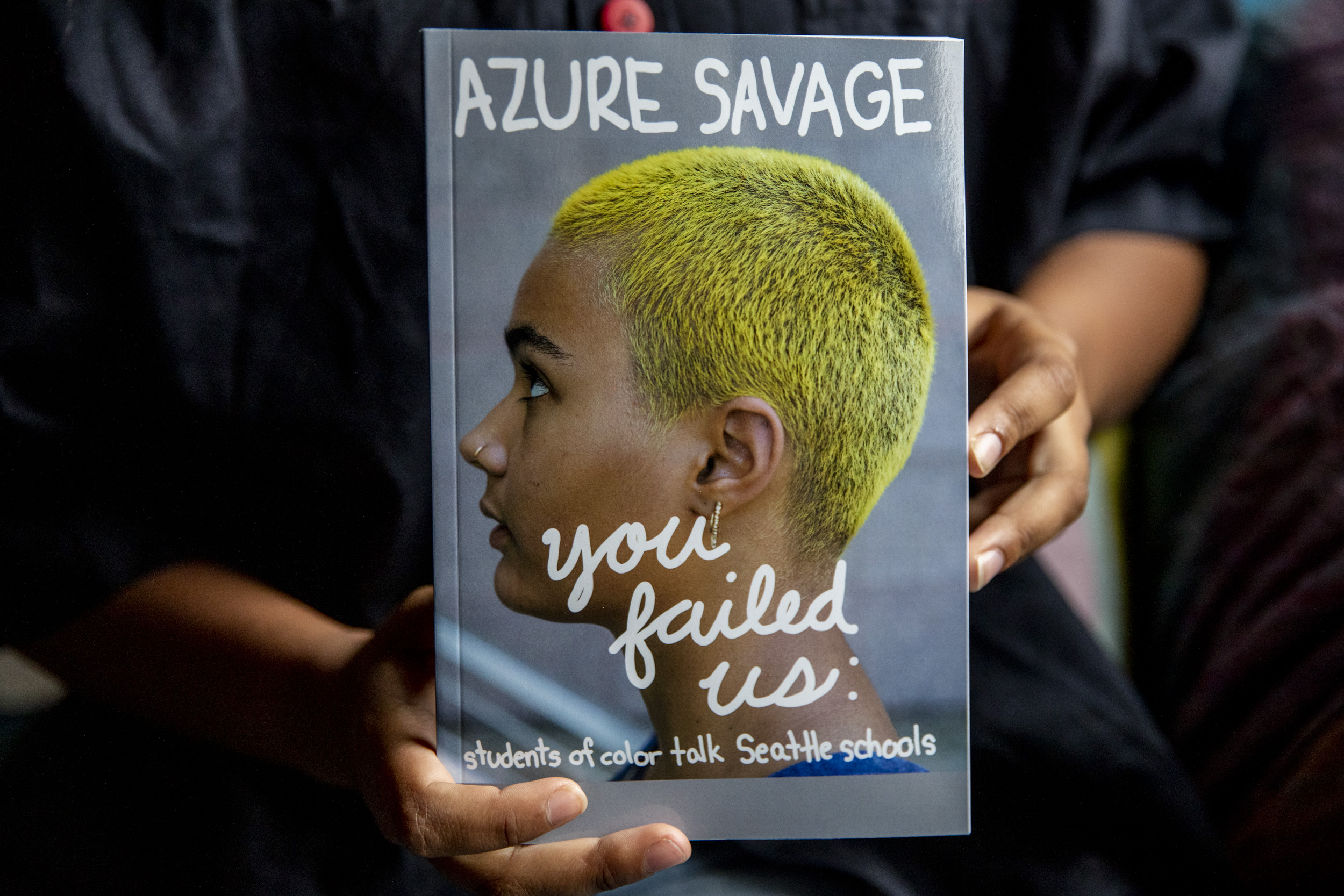What both supporters and critics of the proposal to eliminated gifted programs are missing
There's been a tremendous amount of rhetoric from both sides and from the media about the recommendations in the second report from the School Diversity Advisory Group (SDAG), focusing primarily on its proposal to eliminate gifted programs in elementary schools.
See for example the hyperbolic headline of NY Times article saying these changes would create "seismic changes" and a tweet from the reporter, Eliza Shapiro, that it would "blow up the system." A headline in the NY Post claims, even more hysterically, that "De Blasio is out to destroy public schools."
The reality is that only about four percent of NYC public elementary grade children are attending gifted classes right now, and in many districts there are practically none.
See the chart below - showing there are only two districts, District 2 and 26, in which the share of elementary grade students in gifted classes are above ten percent. (We took out the citywide gifted programs for this district analysis -of which there are five: NEST, Anderson, TAG, BK School of Inquiry and Q300, the 30th Ave. School.)
It is true that the parents of these kids are an extremely vocal constituency - with political influence far beyond their numbers. Yet to eliminate these classes would hardly CONTINUE READING: NYC Public School Parents: What both supporters and critics of the proposal to eliminated gifted programs are missing








 A new
A new 




















